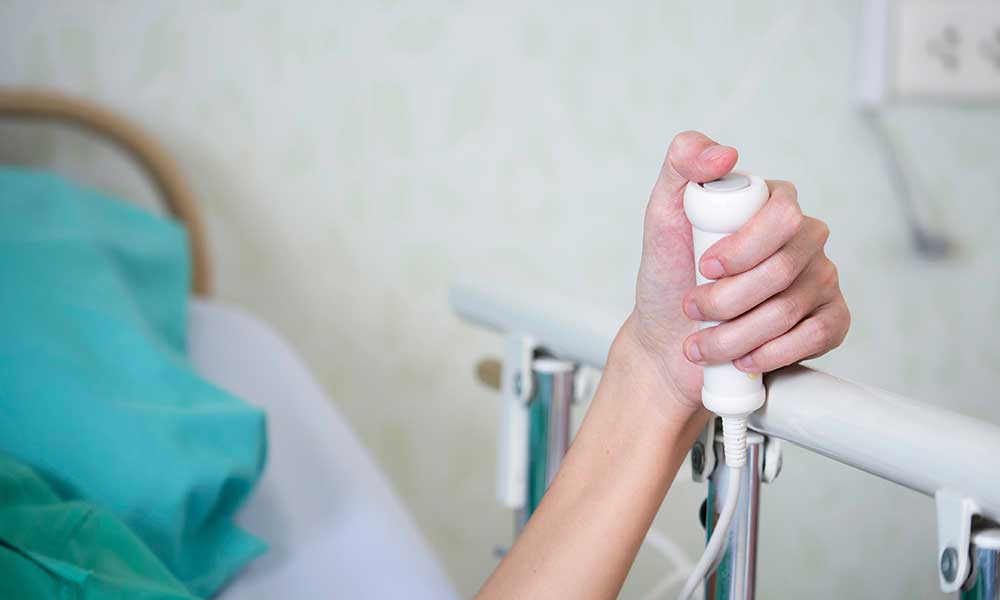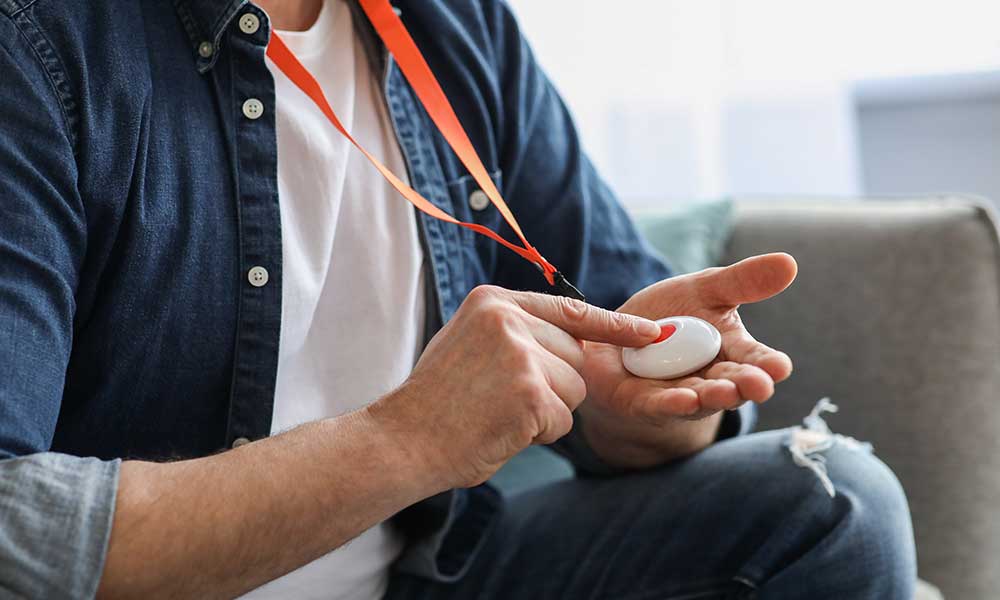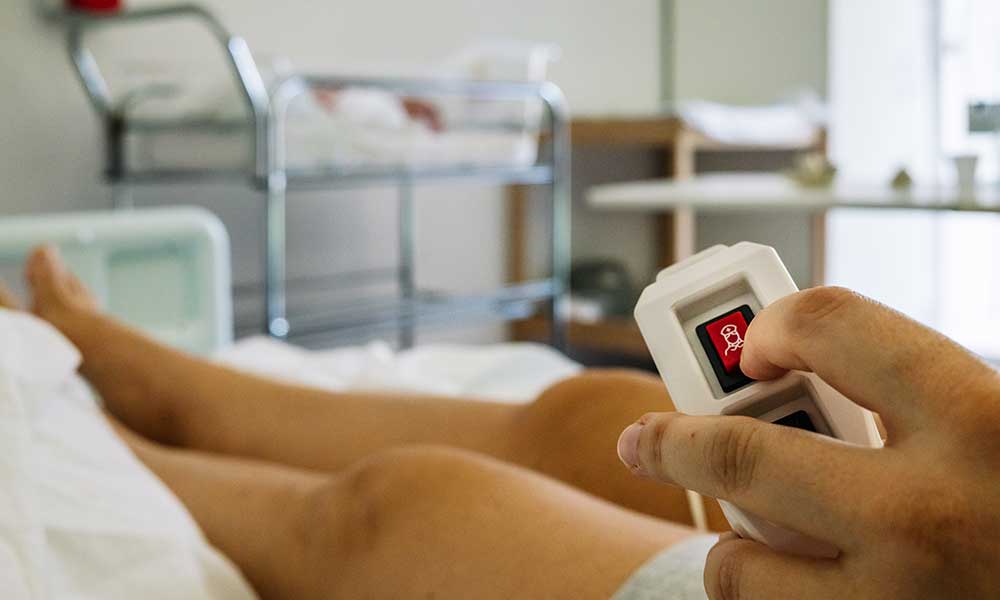Introduction
As our population ages, personal safety for the elderly becomes of increasing importance. With senior citizens living alone and the risks of falls, accidents and other emergencies, it’s important that they feel secure and be able to quickly summon help if needed.
Personal alarms for elderly people are an effective way to ensure their safety. These devices are worn around the neck or wrist and can be set off with a button press or pull of a cord in case of emergency. Once triggered, they emit a loud sound alerting others in the area to seek assistance.
In addition to providing peace of mind for caregivers and family members, personal alarms can also provide a feeling of freedom and independence to seniors. It allows them to remain active while helping to keep them safe.
In this article, we will discuss the different types of personal alarms available for seniors and how they can help keep them safe in any situation.

What Are Personal Alarms and How They Work
Personal alarms are safety devices designed to help elderly people stay safe and maintain their independence. Featuring a distinctive SOS button, personal alarms can be worn on the wrist, around the neck or attached to clothing. When the button is pressed, an ear-piecing sound is emitted along with flashing lights, alerting those around of an emergency and summoning help.
With their loud sound, personal alarms can be used effectively in various situations. Whether it’s a medical emergency, someone needing assistance after a fall or simply summoning help when feeling unsafe outdoors, these alarms provide a sense of security for the elderly and peace of mind for their families.
Thanks to advanced technology, modern personal alarms come with a range of features such as GPS tracking and location-based alerts for added protection. This is especially helpful for those who are prone to wandering and can be preprogrammed to send out text message or email notifications when the alarm is activated.
Types of Personal Alarms Available for Elderly People
Personal alarms are an important part of ensuring the safety of elderly people. There are two main types of personal alarm devices available: GPS help buttons and pendant alarms.
GPS Help Buttons
GPS help buttons typically come in the form of a small device that can be carried on a keychain, worn in a pocket or securely attached to clothing. These small devices have a built-in panic button and alarms can be sent to emergency contacts or to the call center. Thanks to their ability to be taken anywhere, they offer personal safety for elderly people on the go.
Pendant Alarms
Pendant alarms are worn as either necklaces or bracelets and come with several helpful features, such as a built-in microphone for two-way communication with an operator at the alarm monitoring station, fall detection feature for those who may be at risk of falling, and waterproof capabilities for when bathing. Many pendants also allow contacts from an address book list to be dialed in case of emergency.
Along with these two options, various smartwatches are now available that include personalized medical profiles and communication capabilities with family members or members of healthcare staff if they’re needed. These versatile devices provide rapid access to emergency services if necessary while also being able to track health activities like heart rate and sleep patterns on a daily basis.

Advantages of Using a Personal Alarm
Personal alarms offer numerous advantages in helping the elderly stay safe and secure. By allowing quick access to help, they provide peace of mind for both the user and their families, who know that help is at hand should anything go wrong.
In addition to allowing quick access to help, personal alarms are also equipped with features such as built-in medical alert buttons. These can be used in cases of medical emergencies such as falls or heart attacks, alerting others nearby that assistance is needed. They are also equipped with GPS tracking so that the user’s location can be easily pinpointed if need be.
Finally, personal alarms come with sound beacons and flashing lights for additional safety measures. This allows for easy identification of a user in distress and provides a layer of protection from potential attackers. All-in-all, personal alarms offer an invaluable tool for elderly people who want to remain safe and independent.
Tips for Using a Personal Alarm Effectively
When elderly people need to take extra precautions to ensure their safety, one of the most effective measures is the use of personal alarms. Personal alarms are simple devices for creating a loud sound that can attract attention and potentially help. However, it is important to know how to use them effectively.
Here are some tips for using a personal alarm effectively:
- Alarms Must be Accessible: Always keep your alarm handy, so you can reach it quickly if needed. This means having it with you during your day-to-day activities, whether that’s in your pocket or purse, or even worn around your neck for easy access.
- Consider Other Alerts: Many personal alarms also come with additional alert functions like lights and vibration alerts that are intended to alert bystanders if someone else is in danger.
- Be Familiar With Your Alarm: Before buying a personal alarm, make sure you familiarize yourself with the device and understand its features and how it works. This will ensure that you know what buttons to press in an emergency situation.
- Check Batteries Regularly: Make sure you check the battery regularly so you don’t find yourself without power when you need it most. Additionally, make sure that you have spare batteries on hand just in case the primary battery runs out unexpectedly.
Choosing the Right Alarm for an Elderly Person’s Needs
When it comes to personal safety for the elderly, there are a variety of alarms and devices available depending on their needs. Personal alarms for the elderly come in a variety of styles, shapes and sizes and offer features such as GPS tracking, two-way calling capabilities, fall detection, and more.
Medical alert systems are an essential form of support for older adults who may need help in times of emergency or illness. This type of system typically has a base console that is connected to cellular networks or landlines, and includes a pendant or bracelet that can be used to alert medical services in the event of an emergency.
Home security systems for seniors can also include medical alert systems and personal safety apps, both of which can help ensure that elderly individuals remain safe and secure at all times.

Learning How to Use a Personal Alarm
Using a personal alarm is easy and straightforward, making them the ideal solution for elderly people who may not be comfortable with more complex technology devices. To activate the alarm, simply press both buttons at the same time. Doing so will trigger a loud sound and bright flashing light for up to 30 seconds, giving attackers time to flee and giving you time to get help.
Deactivating the alarm can be done just as quickly and easily―just press both buttons together again to turn it off. For added convenience, some personal alarms come with an extra remote control that can be used to turn off the alarm from a distance, allowing you to activate it without having to be near it.
Finally, while personal alarms may look intimidating, they’re actually quite lightweight and easy to carry around. They also come in both pocket and wrist models that can fit comfortably on either limb or in any pocket or bag.
Conclusion
Personal safety alarms and devices are an effective way for elderly citizens to remain safe and independent. With advances in technology, there is now a wide range of options available, from emergency medical alert devices to easy-to-use personal alarms. It is important to understand the specific needs of the individual and choose the right product to ensure it can be used safely and effectively. Additionally, families should talk to the elderly individual about their safety needs and respect the individual’s decision to utilize a personal alarm or other device. With the proper preparation and support, personal safety alarms and devices can protect the elderly and help keep them independent.






























